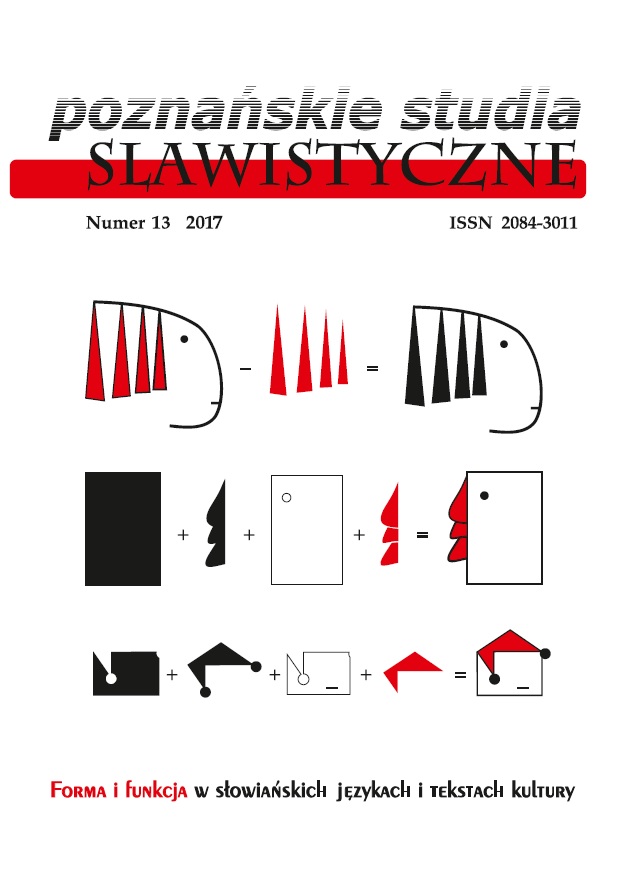Living in the Corpse. Functions of Tuberculosis and Forms of Its Representation in Croatian Literature and Culture in the Late 19th and Early 20th Century
Living in the Corpse. Functions of Tuberculosis and Forms of Its Representation in Croatian Literature and Culture in the Late 19th and Early 20th Century
Author(s): Tvrtko VukovićSubject(s): Studies of Literature
Published by: Uniwersytet Adama Mickiewicza
Keywords: modernism; tuberculosis; degeneration; civil society; fin-de-siècle Croatian literature
Summary/Abstract: In the second half of the 19th century, social development based on science, technological innovation, rationalism and capitalist economy presents itself as full of promise insofar as it proclaims the upcoming progress of civilization. The downside of this process is the increase in crime, massive neurosis, various forms of moral disorder, and the epidemics of somatic diseases such as tuberculosis and syphilis. Consequently, the perception of the new generation as degenerate is actually the way to articulate anxiety in the culture of the time. Croatian literature at the end of the 19th and at the beginning of the 20th century frequently refers to illness, bodies burdened by drives,and to sick, tense or perverted minds. The paper, therefore, reads tuberculosis as a metaphor for the discontent and fear that permeate the contemporary Croatian society due to, for instance, the failure of the traditional concept of identity, changed gender roles, frequent sexual transgressions, increased mortality and generally due to the inefficiency of modernization processes in solving numerous social problems and crises.
Journal: Poznańskie Studia Slawistyczne
- Issue Year: 2017
- Issue No: 13
- Page Range: 95-108
- Page Count: 14
- Language: English

